Exploring the Role of Microorganisms in Mitigating Environmental Pollution
Recently, the increasing global environmental challenges such as pollution have necessitated the use of innovative and environmentally friendly solutions. One promising solution lies in exploiting the potential of microorganisms to address pollution. This article delves into the various types of microorganisms that can be utilized in mitigation of environmental pollution, their specific roles, supporting studies and research, and the challenges faced in leveraging these microorganisms for environmental rehabilitation.
Types of Microorganisms in Pollution Control
Several types of microorganisms are essential in environmental rehabilitation, including bacteria, fungi, and algae. Bacteria such as pseudomonads are particularly adept at degrading various pollutants due to their metabolic diversity. Fungi, notably white rot fungi, are known for their unique ability to degrade complex organic pollutants. Algae can uptake heavy metals from wastewaters, making them valuable in treating industrial effluents.
Roles of Microorganisms in Alleviating Pollution
Microorganisms contribute to alleviating pollution through biodegradation and bioaccumulation. Biodegradation involves breaking down pollutants into less harmful substances, while bioaccumulation involves the absorption and concentration of heavy or toxic substances.
Supporting Researches and Studies
Various studies support the efficacy of microorganisms in combating pollution. A study by Atlas and Philp (2015) documented the success of biorestoration of oil-polluted environments using bacterial species. A survey conducted by Bumpus (1989) also documented the ability of a strain of Phanerochaete chrysosporium, a white rot fungus, to completely degrade polyaromatic hydrocarbons within a 14-day incubation period. Recent studies on algae also proved their capacity to absorb heavy metals in waste effluents.
Challenges in Utilizing Microorganisms
Despite their significant potential, several hurdles hamper the full utilization of microorganisms in pollution control. These include technical challenges, incomplete degradation of pollutants, and potential formation of toxic metabolites. Regulatory and public acceptance issues also pose significant hurdles.
Potential Solutions
Continued research into microbial biotechnology offers solutions to these challenges, including the development of genetically engineered microorganisms with enhanced biodegradation capabilities. Furthermore, public awareness and policy advocacy can aid in regulatory and social acceptance of these methods.
Future Perspectives
With escalating environmental pollution, the role of microorganisms in its mitigation becomes ever more relevant. Combining microbial strategies with technological advances may provide a sustainable solution to environmental pollution.
Evidently, microorganisms bear immense potential in mitigating environmental pollution. Though challenges persist, continued research and development in microbial biotechnology holds promise for greener and more sustainable pollution control strategies.
References
- Atlas, R. M., & Philp, J. C. (2015). Bioremediation: Applied Microbial Solutions for Real-World Environmental Cleanup. ASM Press.
- Bumpus, J. A. (1989). Biodegradation of polyaromatic hydrocarbons by Phanerochaete chrysosporium. Applied and Environmental Microbiology.
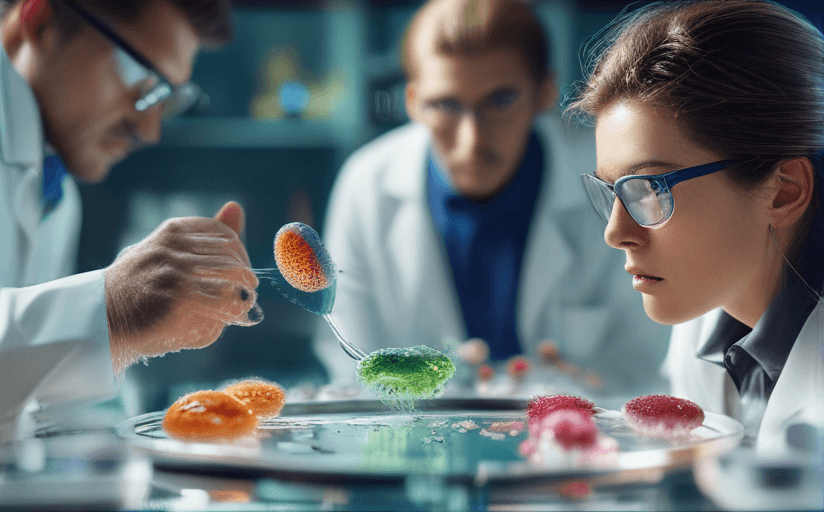
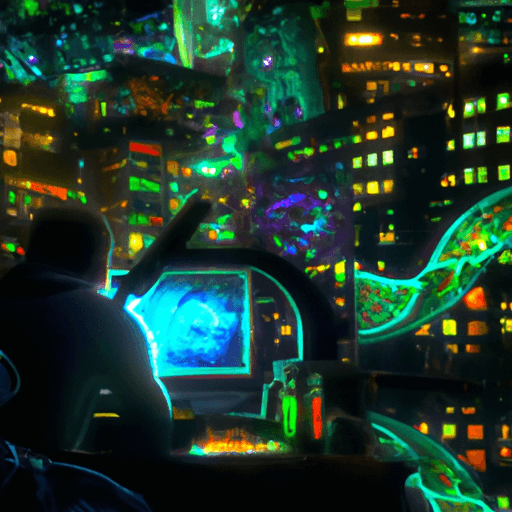
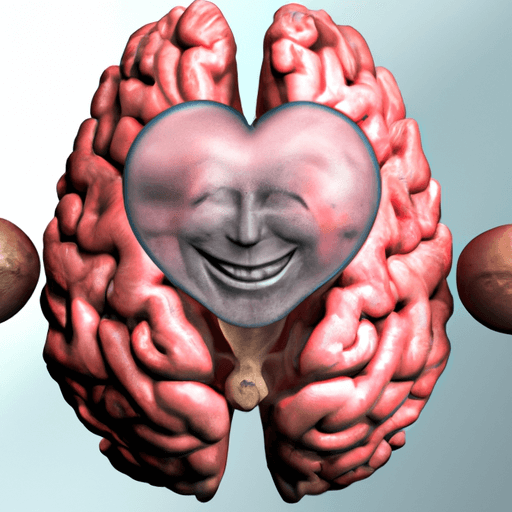
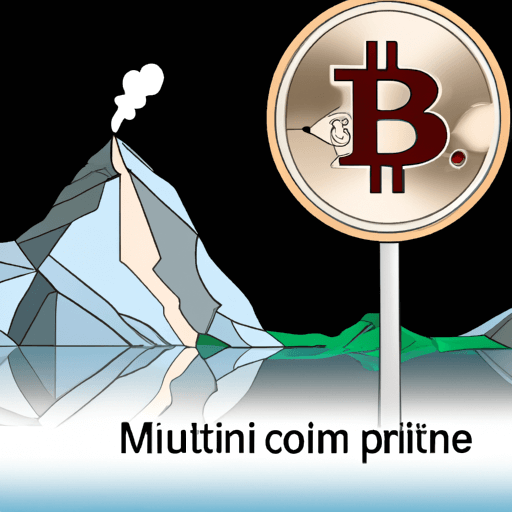



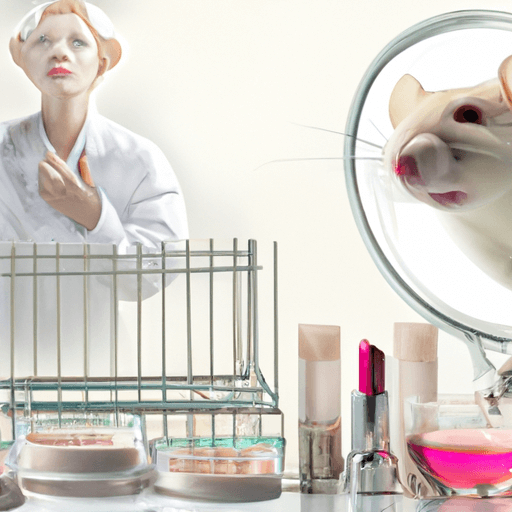
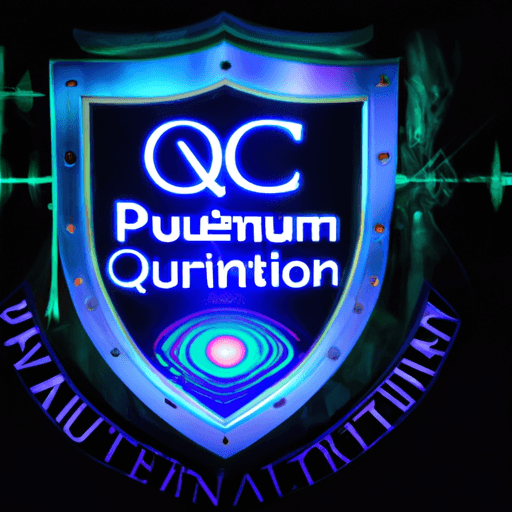

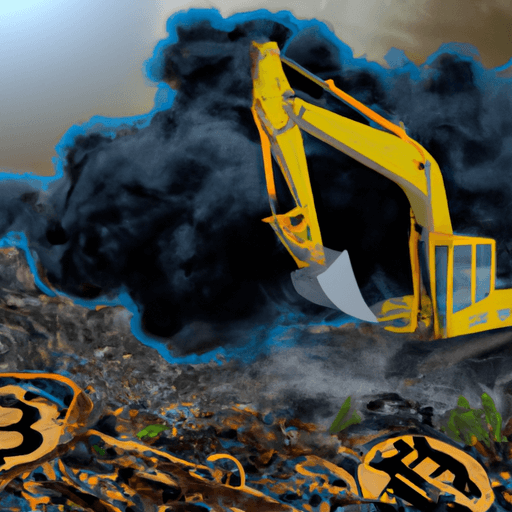
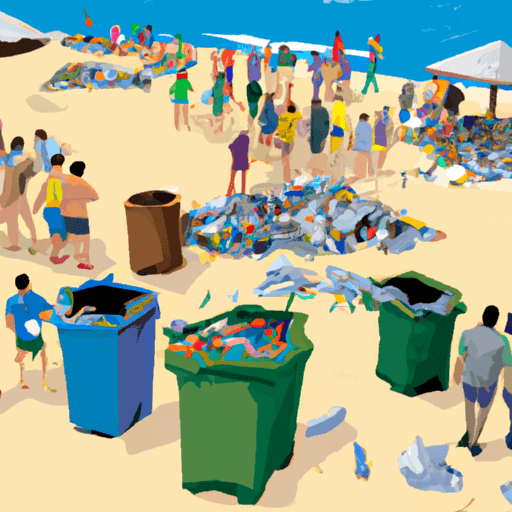


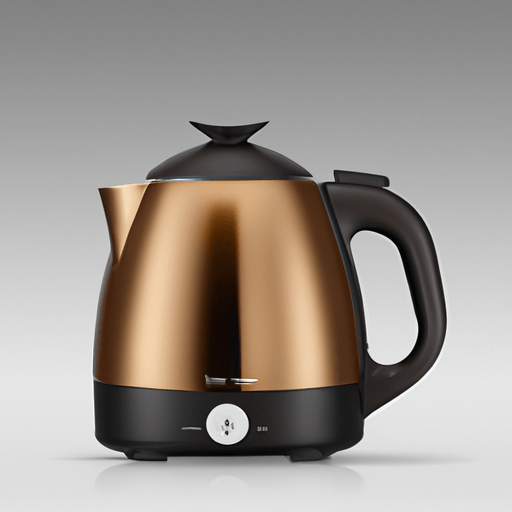

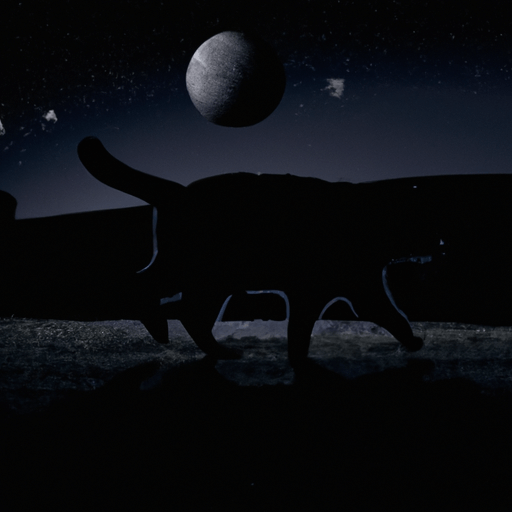

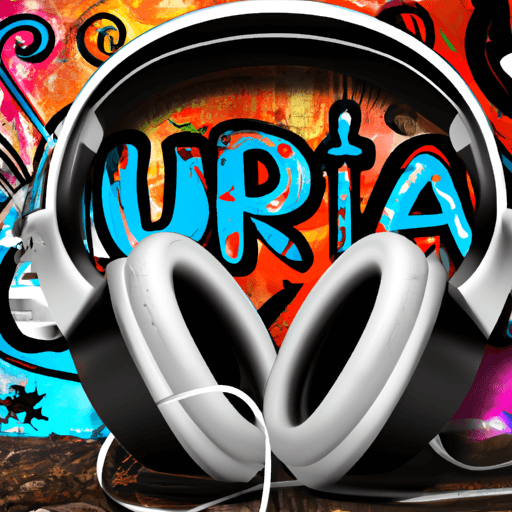
Comments
Leave a Comment